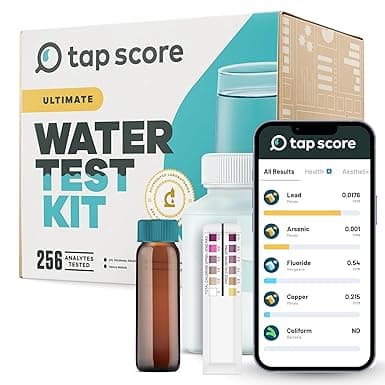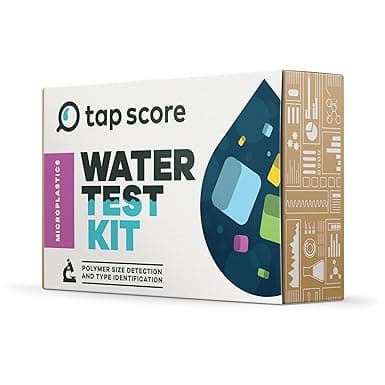Fusarium
Fusarium is a genus of filamentous fungi that are commonly found in soil and plant debris. They can produce mycotoxins that are harmful to humans and animals. Fusarium species are known to cause plant diseases and can contaminate crops, leading to food safety concerns.
EPA MCLG Level
0 ppb
Maximum level that poses minimal health risk based on the latest science
Health Effects
Exposure to Fusarium mycotoxins can lead to various health issues, including respiratory problems, skin irritation, and gastrointestinal disturbances. Some mycotoxins produced by Fusarium are carcinogenic and can affect the immune system.
Affected Organs & Systems:
Common Sources
- Agricultural runoff
- Natural deposits
How to Remove It
Water filters certified under the following NSF standards are effective at removing Fusarium:
Filter recommendations for this contaminant are being updated.
EPA MCLG Level
The EPA MCLG represents the maximum level that poses minimal health risk based on the latest scientific research. It's often more protective than federal legal limits.
Contaminant Type
Fusarium is classified as a Fungi contaminant.
This contaminant primarily affects the Liver, Kidney, and other systems.
Check Your Water
Find out if Fusarium is in your tap water.
Search Your CityTest Your Water for This Contaminant
Public water reports may not test frequently enough or at your specific tap. Professional home testing provides current, location-specific results.

SimpleLab
Standard Home Water Test
$232
Comprehensive water analysis testing over 200 contaminants including bacteria, heavy metals, and chemical compounds.

SimpleLab
Advanced Home Water Test
$369
Most comprehensive home water test including all standard tests plus additional parameters for ultimate peace of mind.

Tap Score
Advanced Microplastics Test
$636
Cutting-edge testing for microplastics particles in drinking water using advanced laboratory techniques.